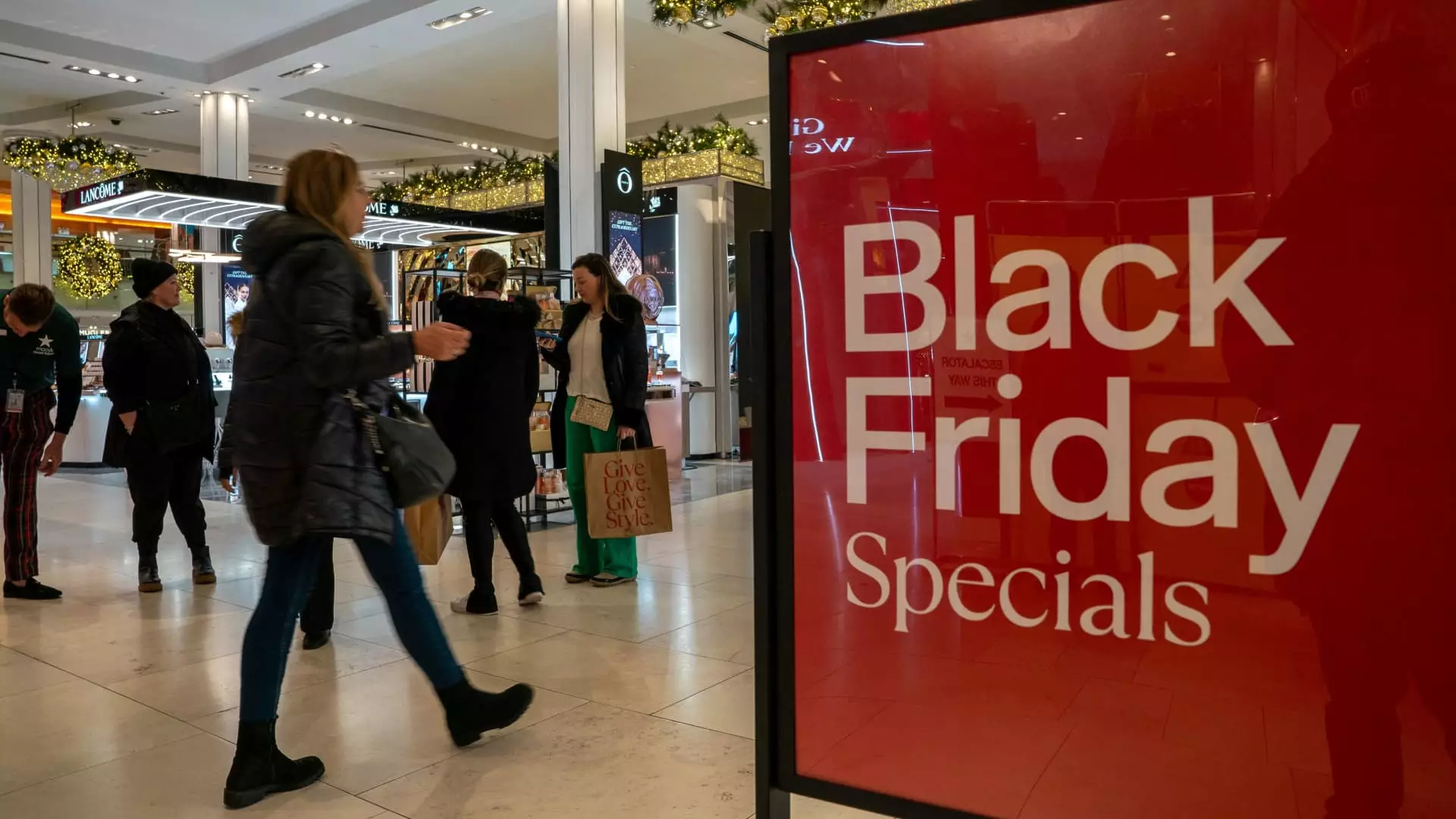Impulse spending is an all-too-common habit for many consumers, especially during high-pressure shopping seasons like the holidays. This behavior often leads to unnecessary purchases that can rack up debt and cause financial stress. As consumers become increasingly aware of their spending habits, the term “slow shopping” is emerging as an effective strategy to counteract this tendency. Slow shopping encourages individuals to take their time when making purchasing decisions, allowing them to reflect on their needs and avoid the emotional triggers that often lead to impulsive buys.
Instead of making hasty decisions influenced by impulse or advertising, slow shopping emphasizes the importance of patience. By allowing oneself the time to think through a purchase — whether it’s a necessity or a fleeting desire — consumers can cultivate a more mindful approach to shopping. Consumer savings expert Andrea Woroch advocates for this shopping trend, suggesting that it is particularly valuable in a world rife with marketing strategies designed to provoke instant buying behaviors.
One of the main advantages of slow shopping is the financial insight it can provide. By taking the initiative to wait before making significant purchases, shoppers can time their acquisitions for when prices drop. Innovative tools, such as price-tracking browser extensions like CamelCamelCamel and Keepa, can aid in this process by monitoring price changes and notifying users when a product they’re interested in goes on sale. This proactive approach not only saves money but also discourages the impulse purchase that often results in buyer’s remorse.
Additionally, slow shopping offers consumers the chance to save up for bigger ticket items. When shoppers resist the temptation to buy on a whim, they can instead set aside funds over time, allowing for a more deliberate and rewarding purchasing experience. This shift in mindset is gaining momentum; surveys indicate that nearly 73% of consumers are adopting this approach during holiday shopping, marking a significant change in how individuals engage with their finances.
As the data reveals, the strategy of slow shopping is not merely a fleeting trend. According to a survey conducted by Affirm, many consumers are altering their shopping habits in noteworthy ways: 60% are starting their holidays shopping earlier, and about half are using this method to capitalize on discounts and sales opportunities. Vishal Kapoor, senior vice president of product at Affirm, noted that consumers are not just beginning their shopping sooner this season but are also taking their time to reflect on their purchases.
This shift comes at a critical juncture, especially with credit card debt at staggering levels. As reported, American consumers accumulated over $1.14 trillion in credit card debt, a figure that is looming as the holiday season approaches. With expectations of consumer spending reaching upwards of $979.5 billion to $989 billion this year, maintaining financial discipline becomes increasingly essential.
Emotional triggers often exacerbate the impulse to spend, particularly during the holiday season when marketing campaigns saturate the media landscape. Rod Griffin, senior director of consumer education and advocacy for Experian, highlights how enticing sales promotions can cloud judgment. Data from a Bankrate survey showed that 54% of adults engaged in at least one impulse purchase last holiday season, largely driven by perceived deals or discounts.
Acknowledging these triggers is a crucial step in mastering slow shopping. As consumers become more aware of their shopping patterns, they can better manage their budgets and resist the allure of unplanned buys. Making a shopping list and sticking to it, much like the traditional “naughty or nice” list, can serve as a powerful tool in curbing impulsive behavior.
To implement slow shopping effectively, creating a holiday fund is highly recommended. By designating a specific sum of money for holiday purchases, consumers can enjoy a more relaxed shopping experience, free from the burden of accruing credit card debt. Money management expert Ted Rossman emphasizes that having a predetermined budget can stimulate judicious spending behaviors.
Moreover, starting the shopping journey earlier can provide an additional advantage. With major shopping events like Black Friday and Cyber Monday occurring later in the calendar this year, the truncated holiday shopping season may compel retailers to ramp up promotions in November. Taking the time to join loyalty programs can also unveil exclusive discounts and perks, making the slow shopping strategy even more rewarding.
The art of slow shopping presents a refreshing alternative to the frenetic pace of traditional holiday buying. By embracing a more mindful approach, consumers can not only protect their financial well-being but also enhance their shopping experience, making it more deliberate and enjoyable. As the push for slow shopping gains strength, it becomes clear that patience can indeed be a virtue in the world of consumerism.

